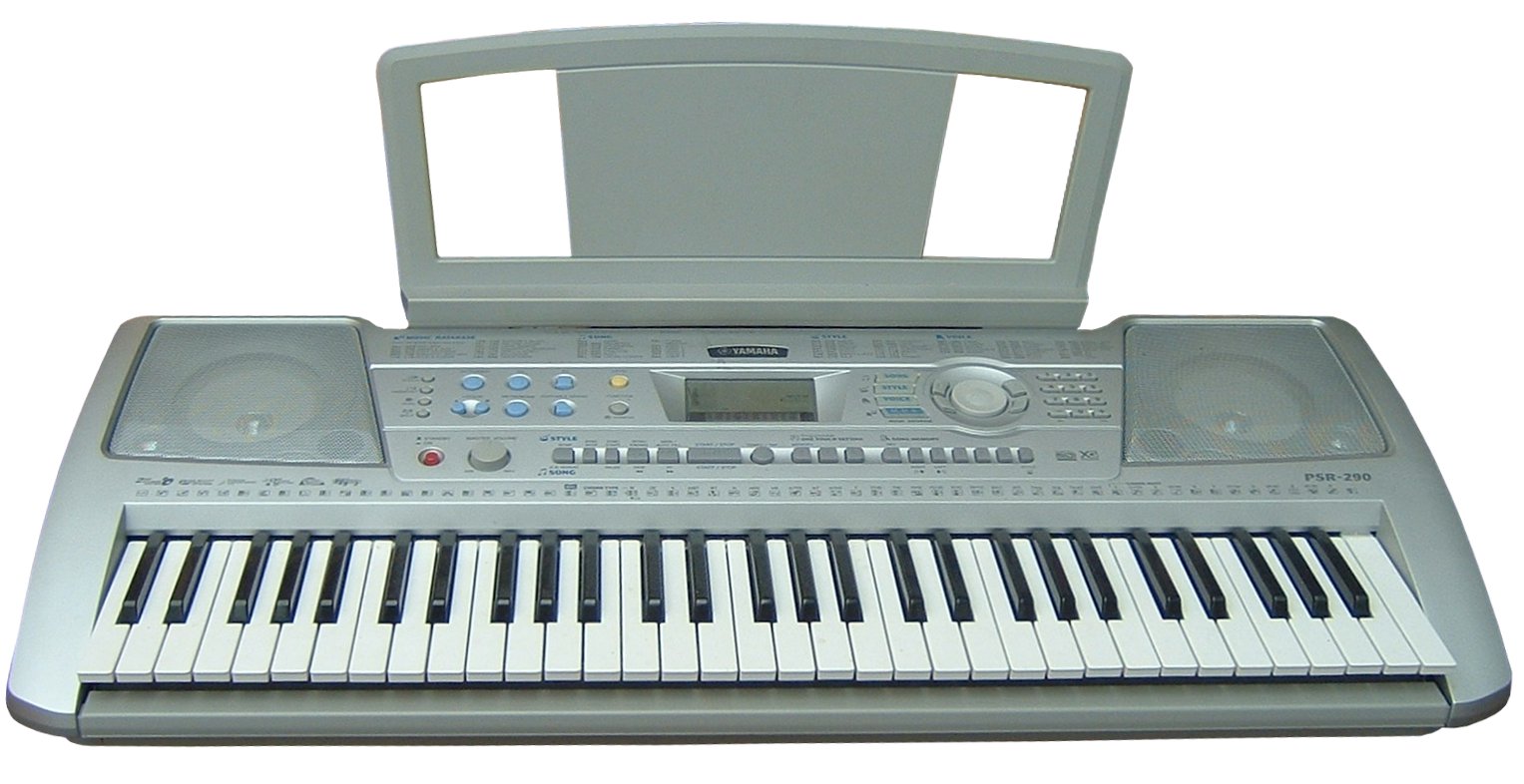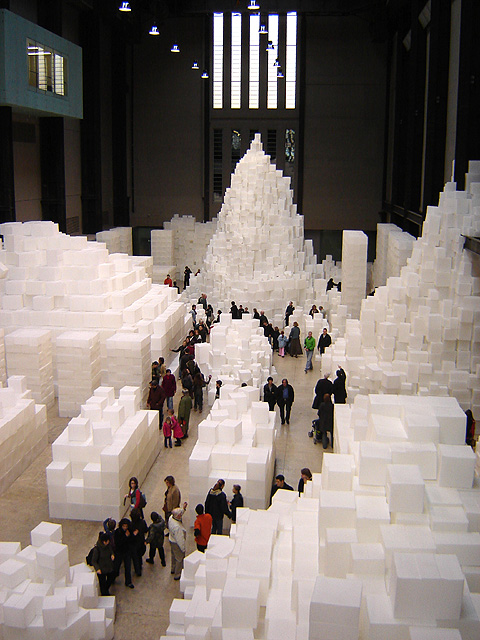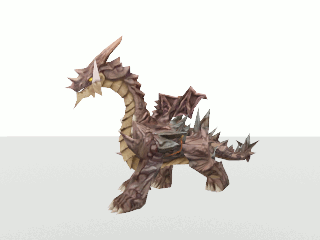|
Videogame Art
Video game art is a specialized form of computer art employing video games as the artistic medium. Video game art often involves the use of patched or modified video games or the repurposing of existing games or game structures, however it relies on a broader range of artistic techniques and outcomes than artistic modification and it may also include painting, sculpture, appropriation, in-game intervention and performance, sampling, etc. It may also include the creation of art games either from scratch or by modifying existing games. Notable examples of video game art include Cory Arcangel's '' Super Mario Clouds'' and '' I Shot Andy Warhol'',Andy Clarke and Grethe Mitchell (eds.),''Videogames and Art'' (Intellect Books, 2006). Joseph Delappe's projects including "Dead in Iraq" and the "Salt Satyagraha Online: Gandhi's March to Dandi in Second Life," the 2004-2005 Rhizome Commissions "relating to the theme of games," Paolo Pedercini's Molleindustria games such as "Unmanned" ... [...More Info...] [...Related Items...] OR: [Wikipedia] [Google] [Baidu] |
Game Art Design
Game art design is a subset of game development involving the process of creating the artistic aspects for video games. Video game art design begins in the pre-production phase of creating a video game. Video game artists are visual artists involved from the conception of the game who make rough sketches of the characters, setting, objects, etc. Bates 2004, p. 171 Bethke 2003, p. 45-49 These starting concept designs can also be created by the game designers before the game is moved into actualization. Sometimes, these concept designs are called "programmer art". After the rough sketches are completed and the game is ready to be moved forward, those artists or more artists are brought in to develop graphic designs based on the sketches. The art design of a game can involve anywhere from two people and up. Small gaming companies tend to not have as many artists on the team, meaning that their artist must be skilled in several types of art development, whereas the larger the compan ... [...More Info...] [...Related Items...] OR: [Wikipedia] [Google] [Baidu] |
Cow Clicker
''Cow Clicker'' is an incremental social network game on Facebook developed by video game researcher Ian Bogost. The game serves as a deconstructive satire of social games. The goal of the game is to earn "clicks" by clicking on a sprite of a cow every six hours. The addition of friends' cows to the player's pasture allows the user to also receive "clicks" whenever the player's cow is clicked. A premium currency known as "Mooney" allows the user to purchase different cow designs and skip the six-hour interval between clicks. In the wake of a controversial speech by Zynga's president at the Game Developers Choice Awards in 2010, Bogost developed ''Cow Clicker'' for a presentation at a New York University seminar on social gaming in July 2010. The game was created to demonstrate what Bogost felt were the most commonly abused mechanics of social games, such as the promotion of social interaction and monetization rather than the artistic aspects of the medium. As the game unexpe ... [...More Info...] [...Related Items...] OR: [Wikipedia] [Google] [Baidu] |
Chiptune
Chiptune, also known as chip music or 8-bit music, is a style of synthesized electronic music made using the programmable sound generator (PSG) sound chips or synthesizers in vintage arcade machines, computers and video game consoles. The term is commonly used to refer to tracker format music which intentionally sounds similar to older PSG-created music (this is the original meaning of the term), as well as music that combines PSG sounds with modern musical styles. It has been described as "an interpretation of many genres" since any existing song can be arranged in a chiptune style defined more by choice of instrument and timbre than specific style elements. Technology A waveform generator is a fundamental module in a sound synthesis system. A waveform generator usually produces a basic geometrical waveform with a fixed or variable timbre and variable pitch. Common waveform generator configurations usually included two or three simple waveforms and often a single pseudo- ... [...More Info...] [...Related Items...] OR: [Wikipedia] [Google] [Baidu] |
Electronic Keyboards
An electronic keyboard, portable keyboard, or digital keyboard is an electronic musical instrument, an electronic derivative of keyboard instruments. Electronic keyboards include synthesizers, digital pianos, stage pianos, electronic organs and digital audio workstations. In technical terms, an electronic keyboard is a synthesizer with a low-wattage power amplifier and small loudspeakers. Electronic keyboards are capable of recreating a wide range of instrument sounds (piano, Hammond organ, pipe organ, violin, etc.) and synthesizer tones with less complex sound synthesis. Electronic keyboards are usually designed for home users, beginners and other non-professional users. They typically have unweighted keys. The least expensive models do not have velocity-sensitive keys, but mid- to high-priced models do. Home keyboards typically have little, if any, digital sound editing capacity. The user typically selects from a range of preset "voices" or sounds, which include imitat ... [...More Info...] [...Related Items...] OR: [Wikipedia] [Google] [Baidu] |
Mod (computer Gaming)
Video game modding (short for "modification") is the process of alteration by players or fans of one or more aspects of a video game, such as how it looks or behaves, and is a sub-discipline of general modding. Mods may range from small changes and tweaks to complete overhauls, and can extend the replay value and interest of the game. Modding a game can also be understood as the act of seeking and installing mods to the player's game, but the act of tweaking pre-existing settings and preferences is not truly modding. Mods have arguably become an increasingly important factor in the commercial success of some games, as they add depth to the original work, and can be both fun for players playing the mods and as means of self-expression for mod developers. People can become fans of specific mods, in addition to fans of the game they are for, such as requesting features and alterations for these mods. In cases where mods are very popular, players might have to clarify that they are r ... [...More Info...] [...Related Items...] OR: [Wikipedia] [Google] [Baidu] |
Installation Art
Installation art is an artistic genre of three-dimensional works that are often site-specific and designed to transform the perception of a space. Generally, the term is applied to interior spaces, whereas exterior interventions are often called public art, land art or art intervention; however, the boundaries between these terms overlap. History Installation art can be either temporary or permanent. Installation artworks have been constructed in exhibition spaces such as museums and galleries, as well as public and private spaces. The genre incorporates a broad range of everyday and natural materials, which are often chosen for their " evocative" qualities, as well as new media such as video, sound, performance, immersive virtual reality and the internet. Many installations are site-specific in that they are designed to exist only in the space for which they were created, appealing to qualities evident in a three-dimensional immersive medium. Artistic collectives such as the ... [...More Info...] [...Related Items...] OR: [Wikipedia] [Google] [Baidu] |
Site-specific Art
Site-specific art is artwork created to exist in a certain place. Typically, the artist takes the location into account while planning and creating the artwork. Site-specific art is produced both by commercial artists, and independently, and can include some instances of work such as sculpture, stencil graffiti, rock balancing, and other art forms. Installations can be in urban areas, remote natural settings, or underwater. History The term "site-specific art" was promoted and refined by Californian artist Robert Irwin but it was actually first used in the mid-1970s by young sculptors, such as Patricia Johanson, Dennis Oppenheim, and Athena Tacha, who had started executing public commissions for large urban sites. For ''Two Jumps for Dead Dog Creek'' (1970), Oppenheim attempted a series of standing jumps at a selected site in Idaho, where "the width of the creek became a specific goal to which I geared a bodily activity," with his two successful jumps being "dictated by a land f ... [...More Info...] [...Related Items...] OR: [Wikipedia] [Google] [Baidu] |
Anne Marie Schleiner
Anne-Marie Schleiner (born 1970) is a theorist, an educator, a new media and performance artist, a hacktivist, a scholar, a gamer, and a curator. Her work is focused on gender construction, ludic activism, situationist theory, political power struggles, experimental gaming design theory, urban play, the United States Military, avatar gender reification, the global south, and feminist film theory. Schleiner's work is influenced by contemporary art, dada, 1970s performance art, net art, and conceptual art. Early life and education Schleiner was born in 1970 in Providence, Rhode Island. In 1992, Schleiner received her B.A. in studio arts at the University of California, Santa Cruz. She continued her education by receiving her MFA in computers in fine art from thCADRE Program at San Jose State Universityref name="Master's Degree"> Her dissertation, "Ludic Mutation: The Player's Power to Change the Game" was written under the supervision of Professor Dr. Mireille D. Rosello ... [...More Info...] [...Related Items...] OR: [Wikipedia] [Google] [Baidu] |
Computer Animation
Computer animation is the process used for digitally generating animations. The more general term computer-generated imagery (CGI) encompasses both static scenes (still images) and dynamic images (moving images), while computer animation refers to moving images. Modern computer animation usually uses 3D computer graphics to generate a three-dimensional picture. The target of the animation is sometimes the computer itself, while other times it is film. Computer animation is essentially a digital successor to stop motion techniques, but using 3D models, and traditional animation techniques using frame-by-frame animation of 2D illustrations. Computer-generated animations can also allow a single graphic artist to produce such content without the use of actors, expensive set pieces, or props. To create the illusion of movement, an image is displayed on the computer monitor and repeatedly replaced by a new image that is similar to it but advanced slightly in time (usually at a ra ... [...More Info...] [...Related Items...] OR: [Wikipedia] [Google] [Baidu] |
Rendering (computer Graphics)
Rendering or image synthesis is the process of generating a photorealistic or non-photorealistic image from a 2D or 3D model by means of a computer program. The resulting image is referred to as the render. Multiple models can be defined in a ''scene file'' containing objects in a strictly defined language or data structure. The scene file contains geometry, viewpoint, texture, lighting, and shading information describing the virtual scene. The data contained in the scene file is then passed to a rendering program to be processed and output to a digital image or raster graphics image file. The term "rendering" is analogous to the concept of an artist's impression of a scene. The term "rendering" is also used to describe the process of calculating effects in a video editing program to produce the final video output. Rendering is one of the major sub-topics of 3D computer graphics, and in practice it is always connected to the others. It is the last major step in the gr ... [...More Info...] [...Related Items...] OR: [Wikipedia] [Google] [Baidu] |
3D Computer Graphics
3D computer graphics, or “3D graphics,” sometimes called CGI, 3D-CGI or three-dimensional computer graphics are graphics that use a three-dimensional representation of geometric data (often Cartesian) that is stored in the computer for the purposes of performing calculations and rendering digital images, usually 2D images but sometimes 3D images. The resulting images may be stored for viewing later (possibly as an animation) or displayed in real time. 3D computer graphics, contrary to what the name suggests, are most often displayed on two-dimensional displays. Unlike 3D film and similar techniques, the result is two-dimensional, without visual depth. More often, 3D graphics are being displayed on 3D displays, like in virtual reality systems. 3D graphics stand in contrast to 2D computer graphics which typically use completely different methods and formats for creation and rendering. 3D computer graphics rely on many of the same algorithms as 2D computer vector gr ... [...More Info...] [...Related Items...] OR: [Wikipedia] [Google] [Baidu] |




